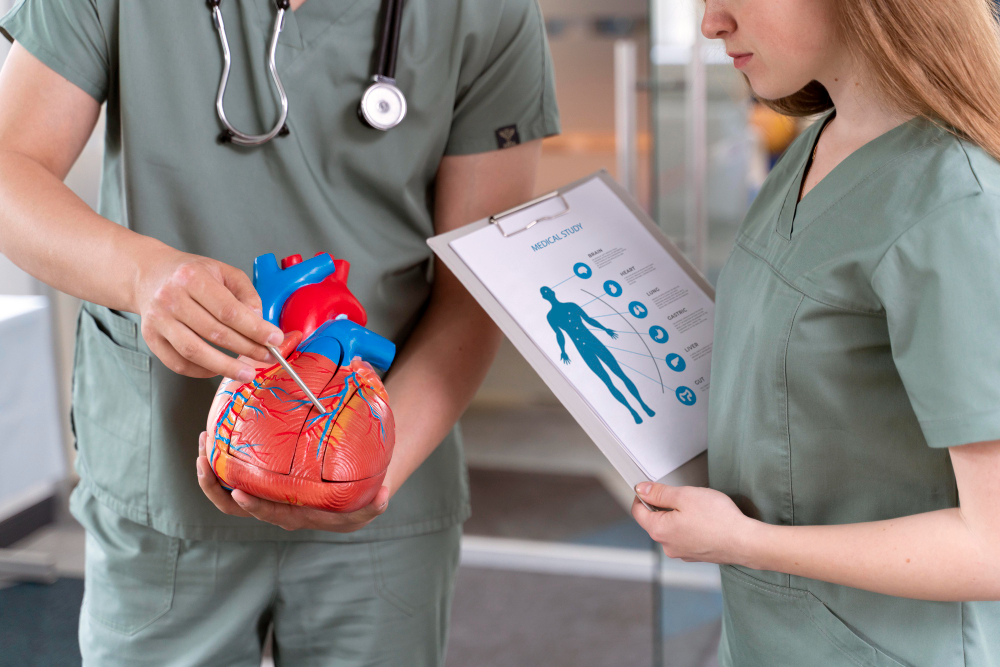Atrial Fibrillation

Understanding Atrial Fibrillation (AF)
Atrial fibrillation (AF) is a common and potentially serious heart rhythm disorder characterized by irregular and often rapid heartbeats. It occurs when the heart’s upper chambers (atria) quiver instead of contracting properly, leading to inefficient blood flow and an increased risk of complications.
Causes and Risk Factors
Several factors can contribute to the development of atrial fibrillation, including:
- Age: AF becomes more common with age, particularly in individuals over 60.
- Heart Conditions: Conditions such as high blood pressure, coronary artery disease, heart valve disorders, and congenital heart defects can increase the risk of AF.
- Other Medical Conditions: Chronic conditions like obesity, diabetes, thyroid disorders, and sleep apnea can also predispose individuals to AF.
- Lifestyle Factors: Excessive alcohol consumption, smoking, stimulant use, and high levels of stress can contribute to the development of AF.
Symptoms and Complications
The symptoms of atrial fibrillation can vary from person to person and may include:
- Palpitations (rapid, irregular heartbeat sensations)
- Fatigue and weakness
- Shortness of breath
- Dizziness or lightheadedness
- Chest pain or discomfort
If left untreated, AF can lead to serious complications, including stroke, heart failure, and other cardiovascular issues due to ineffective blood pumping and the formation of blood clots within the heart.
Diagnosis and Monitoring
Diagnosing AF typically involves a combination of medical history review, physical examination, and tests such as electrocardiogram (ECG/EKG), Holter monitoring, or event monitoring to record the heart’s electrical activity over time. Monitoring AF is crucial for assessing symptom severity, evaluating treatment effectiveness, and detecting any complications.
Treatment Options
Treatment for atrial fibrillation aims to control heart rate, restore normal heart rhythm, prevent blood clots, and manage underlying conditions contributing to AF. Treatment options may include:
- Medications: Antiarrhythmic drugs and anticoagulants (blood thinners) are commonly prescribed to manage AF and reduce the risk of stroke.
- Cardioversion: Electrical cardioversion or pharmacological cardioversion may be used to restore normal heart rhythm.
- Ablation Therapy: Catheter ablation can selectively destroy areas of heart tissue responsible for triggering abnormal electrical signals.
- Implantable Devices: Pacemakers and implantable cardioverter-defibrillators (ICDs) may be recommended to regulate heart rhythm and prevent complications.
